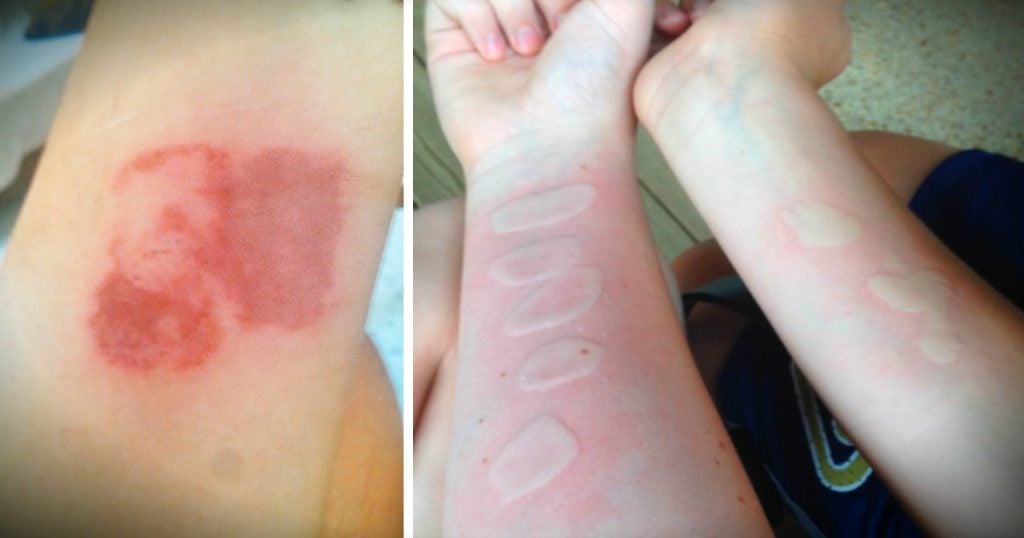Favorite Tips About How To Heal A Salt And Ice Burn

The healing stages of burns depend on the type of burn you have:
How to heal a salt and ice burn. Hold the burned area under cool (not cold) running water or apply a cool, wet compress until the pain eases. Hold the burned area under cool (not cold) running water or apply a cool, wet compress until the pain. Cool the burn.
Leaving the ice on for too long can also slow down the healing process. Mild ice burns may take a few days to heal, but it will vary based on the degree of injury. Cool water the first thing you should do when you get a minor burn is run cool (not cold) water over the burn area for about 20 minutes.
But that’s the last thing you should do, says angela. First aid if medical assistance isn't available, the following steps can be taken to treat frostbite and hypothermia: Do not use ice to cool a burn as it can lead to further injury and.
What are the symptoms of an ice burn? There is a small difference between an ice or snow burn. Cool the burn.
To treat minor burns, follow these steps: You may be wondering how salt can cause ice to get colder, when we often use salt to quickly melt ice on our driveways and sidewalks. Natural remedies such as aloe vera, vaseline, and cool compresses can also provide relief.
Blisters waxy skin frostbite vs an ice burn it's possible to get frostbite if you place ice or an ice pack directly on your skin. When you get an ice burn, the water in the cells of your skin freezes. In search of cool relief, you reach for an ice pack.
Putting ice directly on a. How long a chemical burn takes to heal depends on its severity and the substance that caused it. However, remedies such as ice, butter and oil, egg whites, honey,.
It forms sharp ice crystals, which can damage the. The answer lies in the. Never use ice, iced water, or any creams or greasy substances like butter.
Stop the burning process by running the burn under cool water for at least five minutes. Use protective barriers when applying ice directly to the skin, use a protective barrier such as a cloth or towel to prevent direct contact and reduce the risk of ice burns. Cool the burn with cool or lukewarm running water for 20 minutes as soon as possible after the injury.
The effect of the ice pack is thought to be improved if it is pressed gently on to the injured. Water from a boiling pot splashes onto your arm.


















